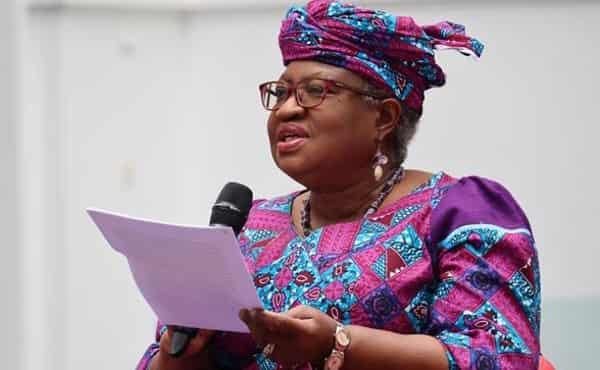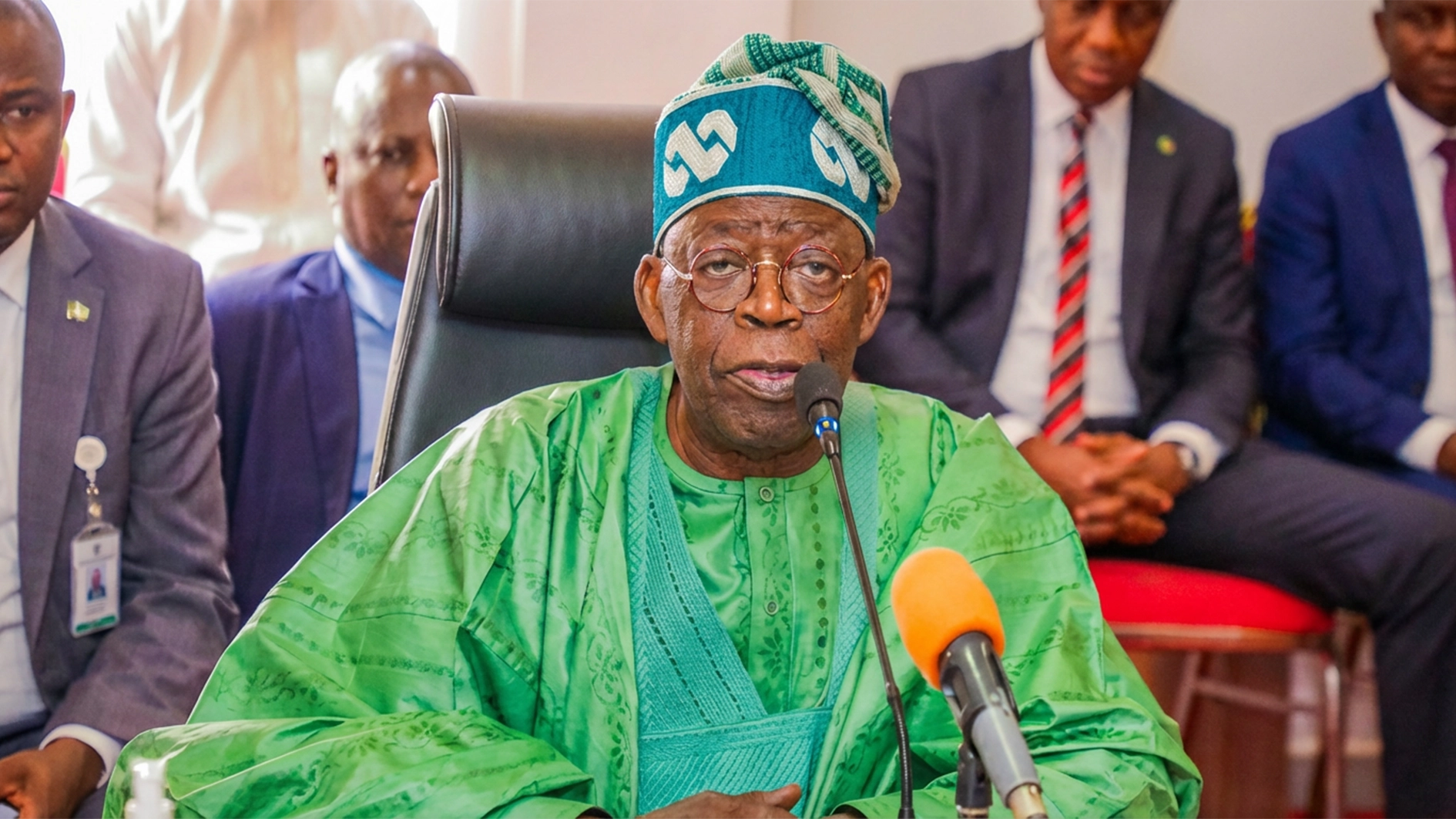The tariff crisis, which has pushed the trade volume to a negative position, the World Trade Organisation (WTO) said, has now shown resilience due to front-loading responses to tariff hike announcements.
The body projected a worsening scenario ahead of 2026 as its Director General, Dr Ngozi Okonjo-Iweala, said global trade is showing a level of resilience despite shocks.
The WTO, in an update released, projected 0.9 per cent growth in global merchandise trade for 2025. This is a reversal of the earlier forecast that the year would end in contraction.
The brighter outlook is due to a surge of imports into the United States earlier in the year and a slight lift from the expected economic conditions worldwide.
Despite this optimism, the figure is still far below the 2.7 per cent growth expected before tariffs were raised, even as fresh trade barriers could drag 2026 growth down to 1.8 per cent.
The import rush only brings a temporary high, the agency noted, adding that in the first three months of 2025, US imports jumped 14 per cent compared to the last quarter of 2024, as companies rushed to get shipments in before higher costs kicked in.
The frontloading behaviour has echoed a little in other countries, driven by fears of tit-for-tat tariffs.
The WTO said this was like “borrowing” demand from the future. With trade numbers looking good now, they would likely dip later as businesses work through swollen warehouses, it stated.
Okonjo-Iweala said: “Frontloaded imports and improved macroeconomic conditions have provided a modest lift to the 2025 outlook. However, the shadow of tariff uncertainty continues to weigh heavily on business confidence, investment and supply chains.”
She added that the absence of a full-blown trade war was good news, but that stability remained fragile.
Asia will be the main growth driver in 2025, with exports expected to rise 4.9 per cent. North America would still be a drag, but less than feared, with imports down 8.3 per cent instead of 9.6 per cent, the WTO said.
Europe’s exports would shrink 0.9 per cent, and energy-exporting economies will earn less from oil, reducing their buying power.
The WTO credits three forces for the current picture: a frontloading boost, a slightly better economic climate and the drag from August’s new tariffs.
The fear is that once the early-year sugar rush fades, the weight of protectionist measures will become harder to ignore.






